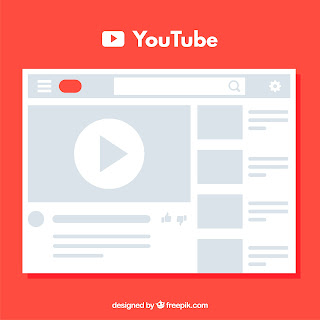If you're a YouTube creator looking to monetize your content, the YouTube Monetization Dashboard is an essential tool to help you track your earnings and understand how your channel is performing. This dashboard provides you with a comprehensive overview of your revenue streams, ad performance, and overall channel health.
The Monetization Dashboard is divided into several sections, each providing unique insights into your channel's performance. The first section, "Overview," provides an at-a-glance summary of your earnings, including total revenue, estimated revenue, and the number of monetized views. You can also see your channel's overall performance metrics, such as the number of subscribers, watch time, and engagement.
One of the most important metrics that the "Overview" section provides is the estimated revenue. This is the amount of money you can expect to earn from your channel in the upcoming days, based on your current performance. It's important to note that this is an estimate and not a guarantee, as your actual earnings may vary based on factors such as ad rates and viewer demographics.
The second section, "Revenue," provides a breakdown of your earnings by revenue stream. This includes ad revenue, YouTube Premium revenue, and Super Chat revenue. You can view your earnings over a specific time period, such as the last 28 days or the last 90 days, and compare your earnings to previous periods to see how your channel is growing.
Ad revenue is the most common revenue stream for YouTube creators, and it's based on the number of ads shown on your videos and the revenue generated from those ads. YouTube Premium revenue is earned when a YouTube Premium member watches your videos, while Super Chat revenue is earned when viewers pay to have their messages highlighted during live streams.
The third section, "Ad Performance," provides you with a detailed analysis of your ad performance. You can see the number of ad impressions, click-through rates, and revenue per thousand impressions (RPM) for each type of ad, such as display ads or skippable video ads. This information can help you optimize your videos for better ad performance and maximize your earnings.
Ad impressions refer to the number of times an ad was displayed on your videos, while click-through rates refer to the percentage of viewers who clicked on an ad after seeing it. RPM is the average revenue earned per thousand ad impressions, and it's calculated by dividing your estimated earnings by the number of ad impressions and multiplying by 1000.
The fourth section, "Content Quality," provides insights into the overall health of your channel. You can see the percentage of videos that are monetized, the number of videos that have been demonetized, and the reasons for demonetization. This section also provides recommendations on how to improve your channel's content quality and increase your monetization opportunities.
It's important to note that not all videos on your channel may be eligible for monetization, and YouTube has strict guidelines on what types of content can be monetized. If a video violates these guidelines, it may be demonetized or even removed from the platform. However, YouTube provides resources and guidelines to help creators create content that is suitable for monetization.
Overall, the YouTube Monetization Dashboard is a powerful tool that can help you understand how your channel is performing, identify areas for improvement, and optimize your videos for better earnings. By regularly monitoring your dashboard and making data-driven decisions, you can maximize your revenue and grow your YouTube channel into a successful business.
In addition to the Monetization Dashboard, YouTube also offers other resources for creators looking to monetize their content, such as the Creator Academy and YouTube Partner Program. These resources provide valuable information on how to grow your audience, increase engagement, and monetize your videos in the most effective








![How to Move Blogspot to WordPress Safely [Practical Guide]](https://blogger.googleusercontent.com/img/b/R29vZ2xl/AVvXsEhoj76k0Twm44B1SmjK3j4kzmvS9-TDsKRnAy3VNvO1IMjtvJd6J8SEVxVxQHtfMKccZHs-SwrD2DwFZurl-sAm-VWNMht0ET9ocnwi16M8SXX0KSVfkldEcFyGvUfB8WsIQG-tk2ncH5BVOIY48dRC9YpZ1zKDsOEvz8hnGjJ9Oag36crs7aFoiWd4Qw/w72-h72-p-k-no-nu/449230-PG9V0X-419.jpg)

0 Comments